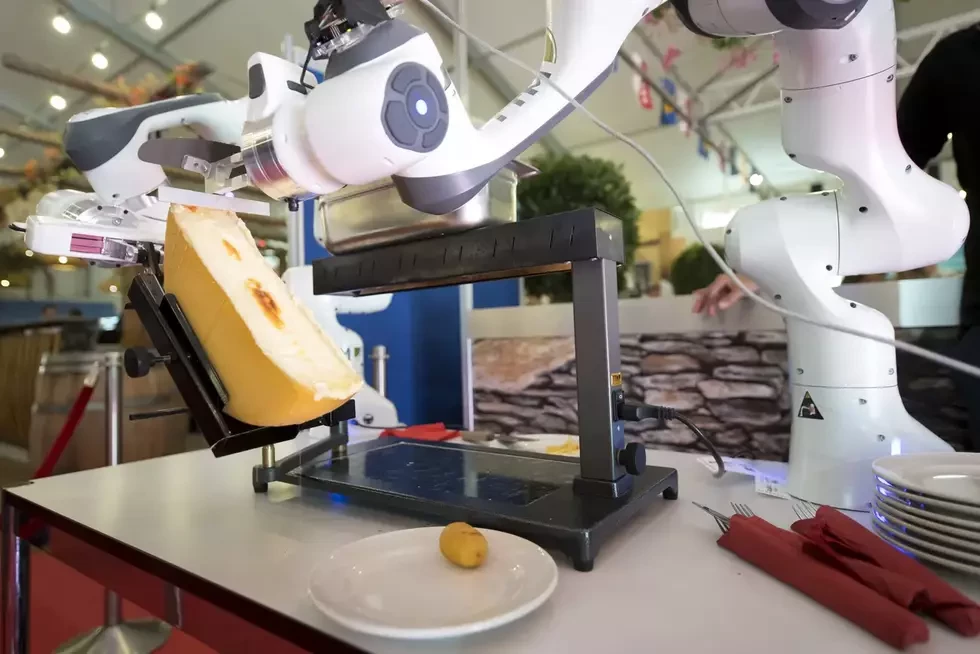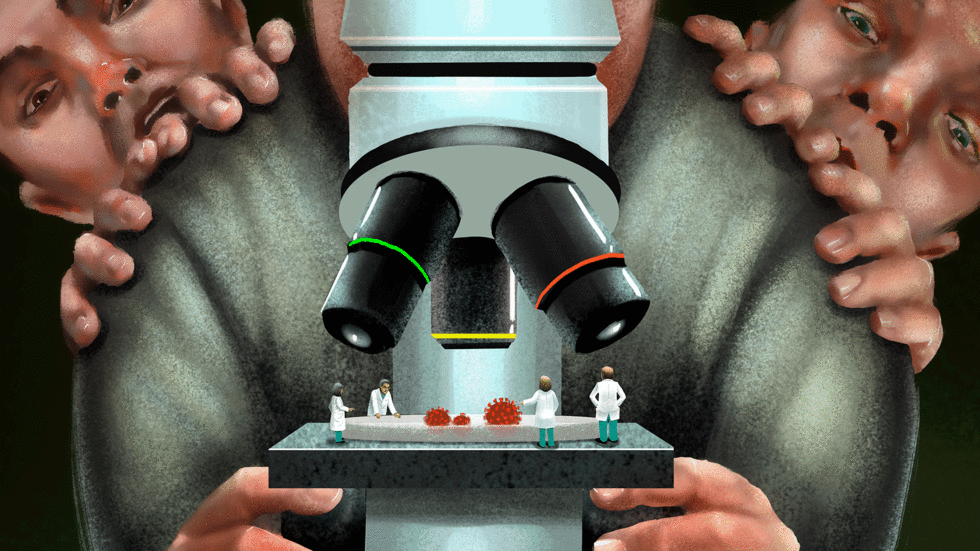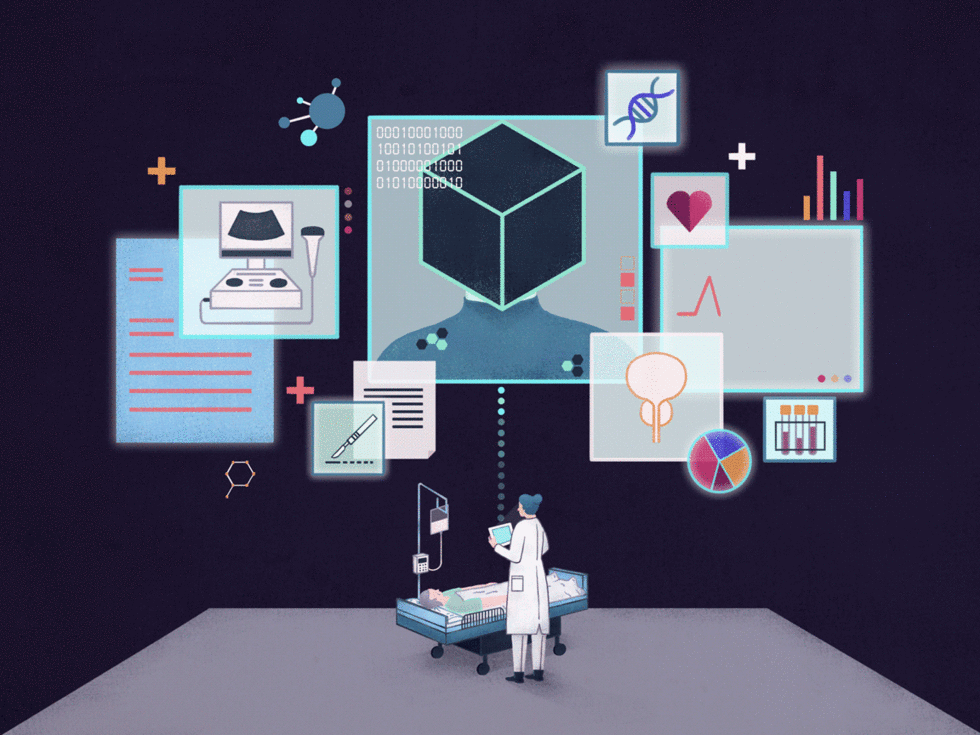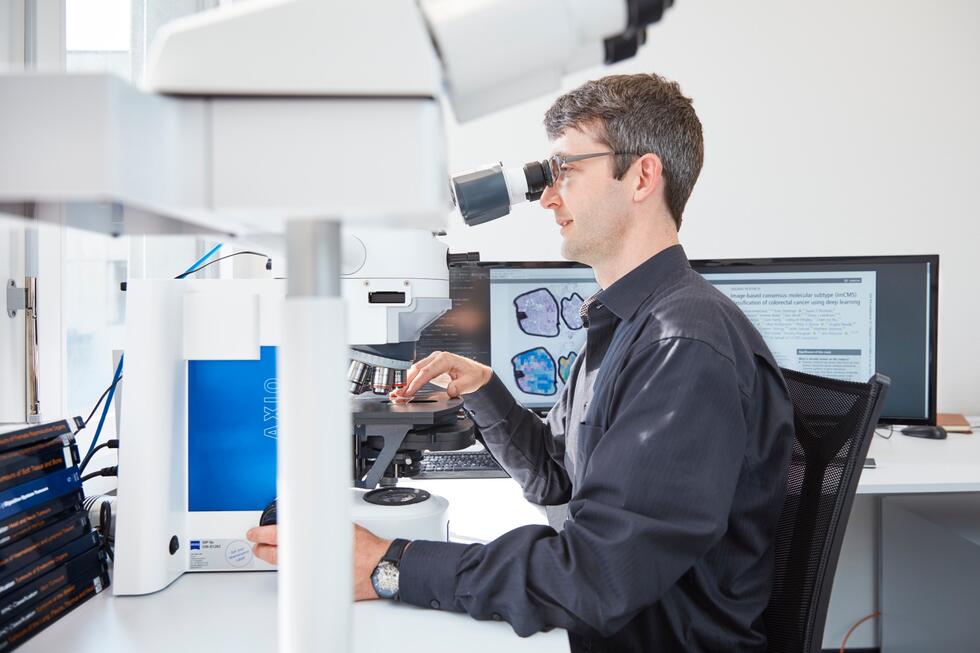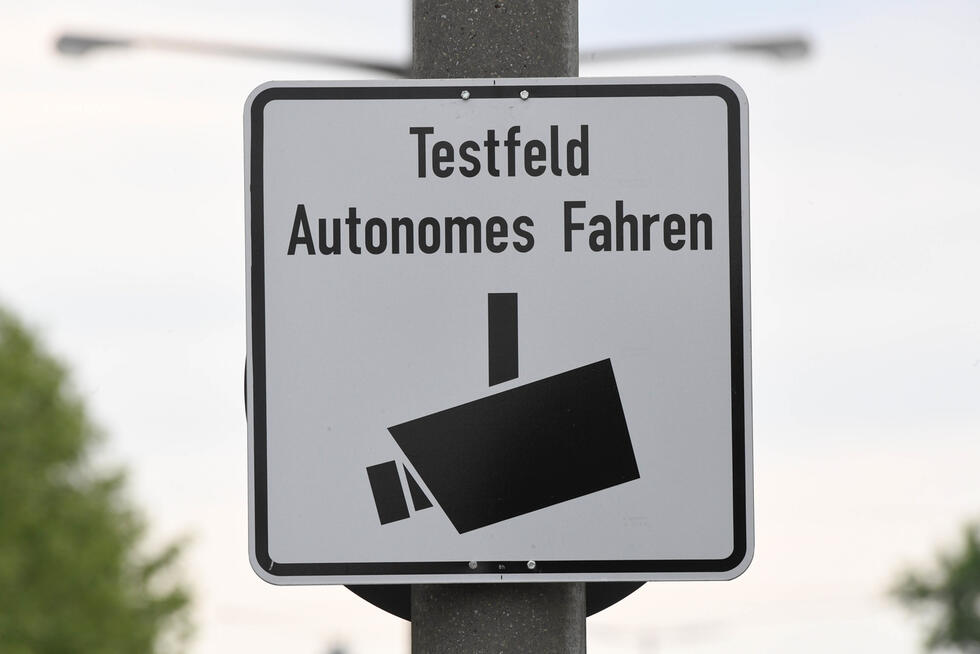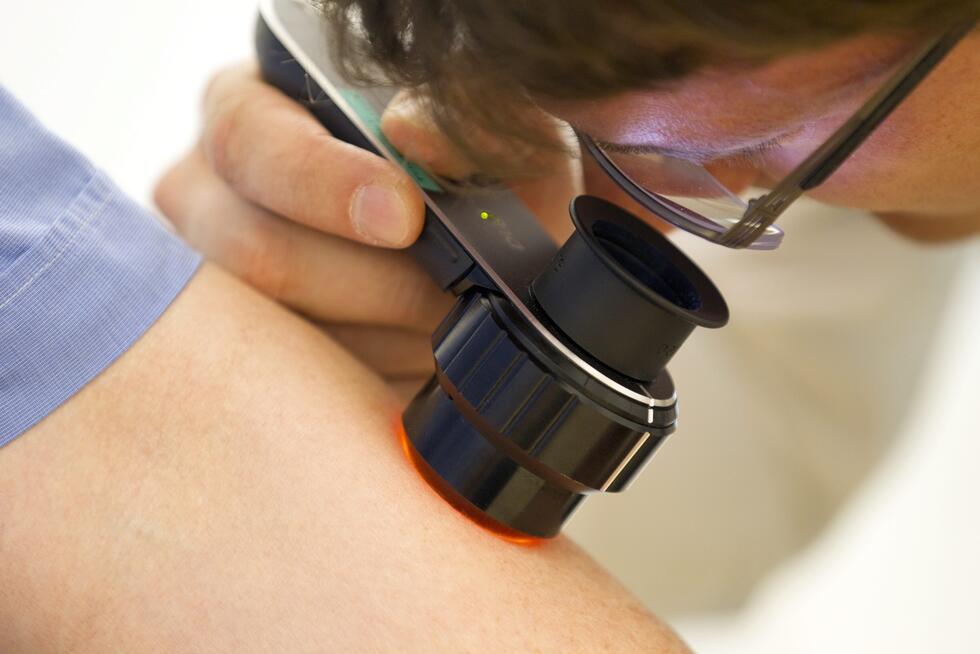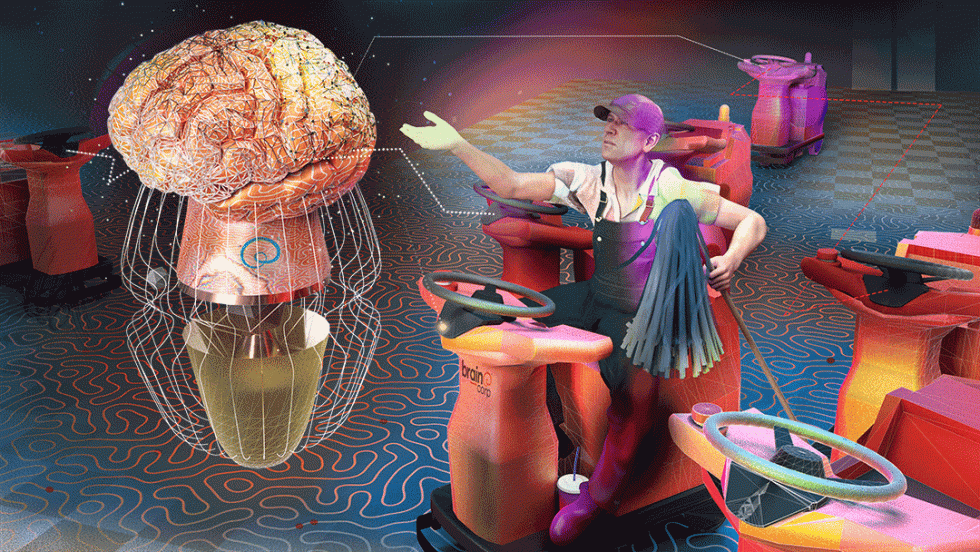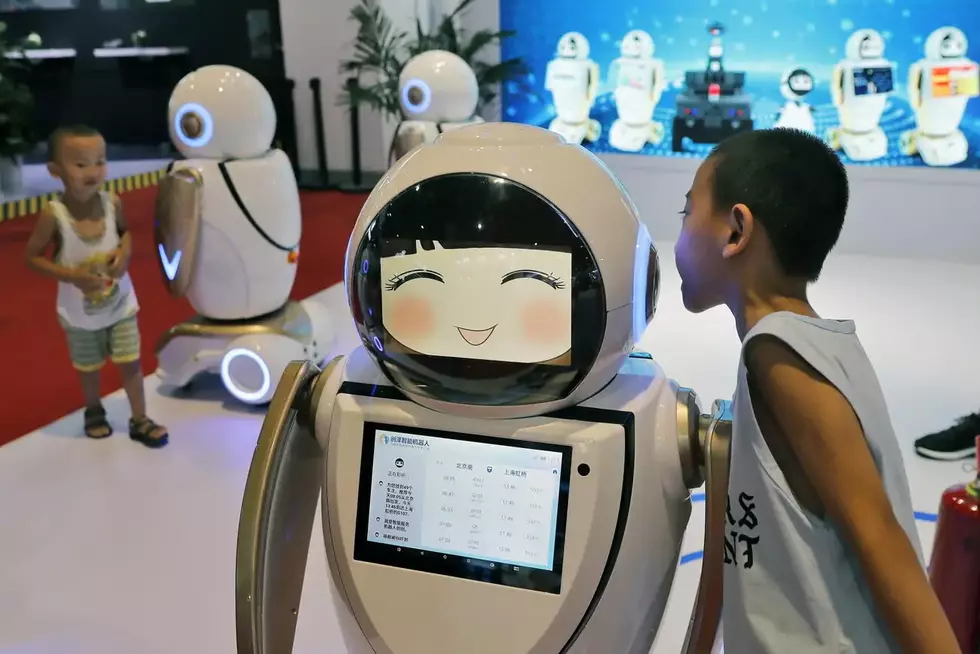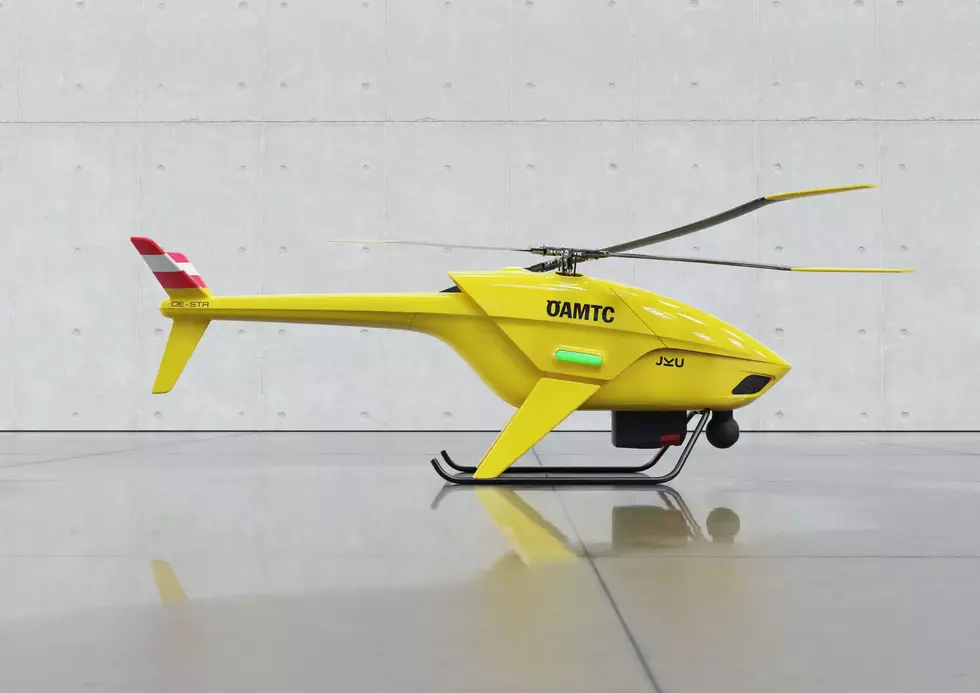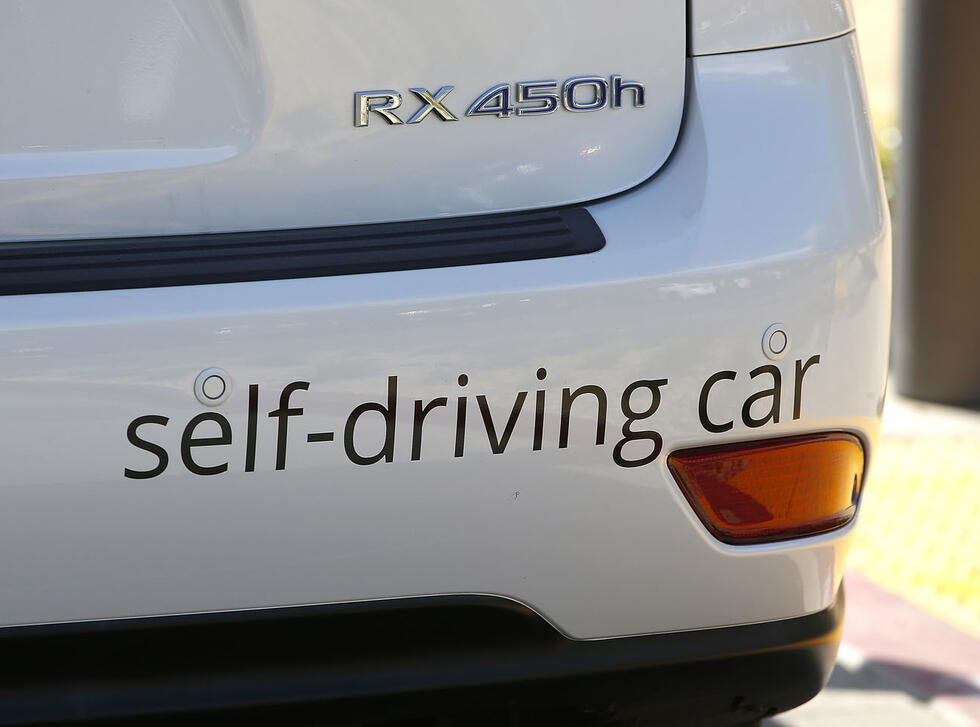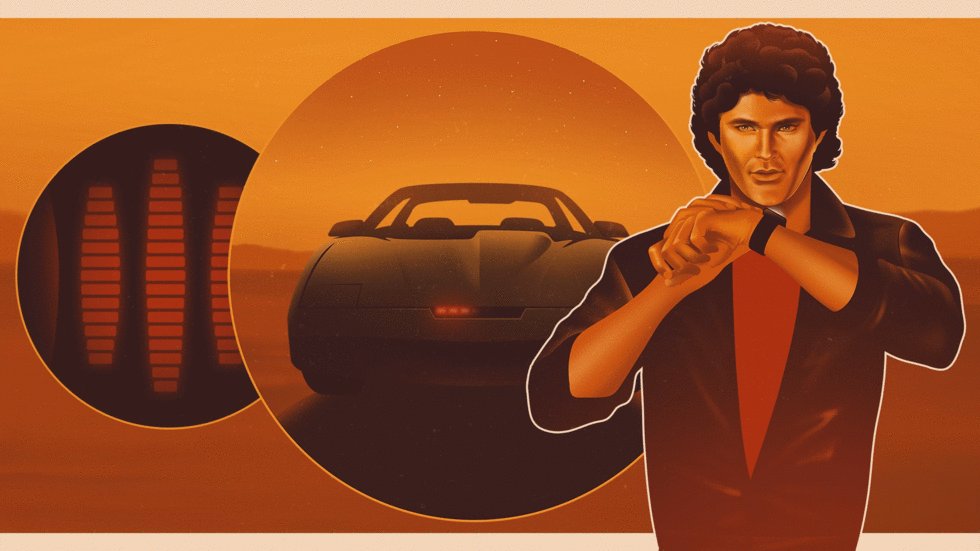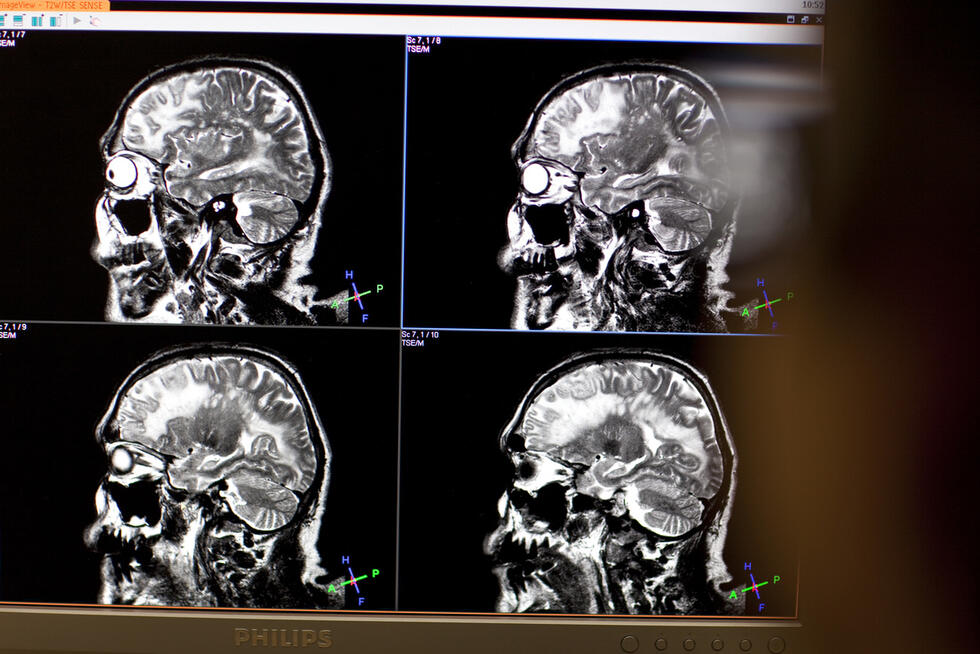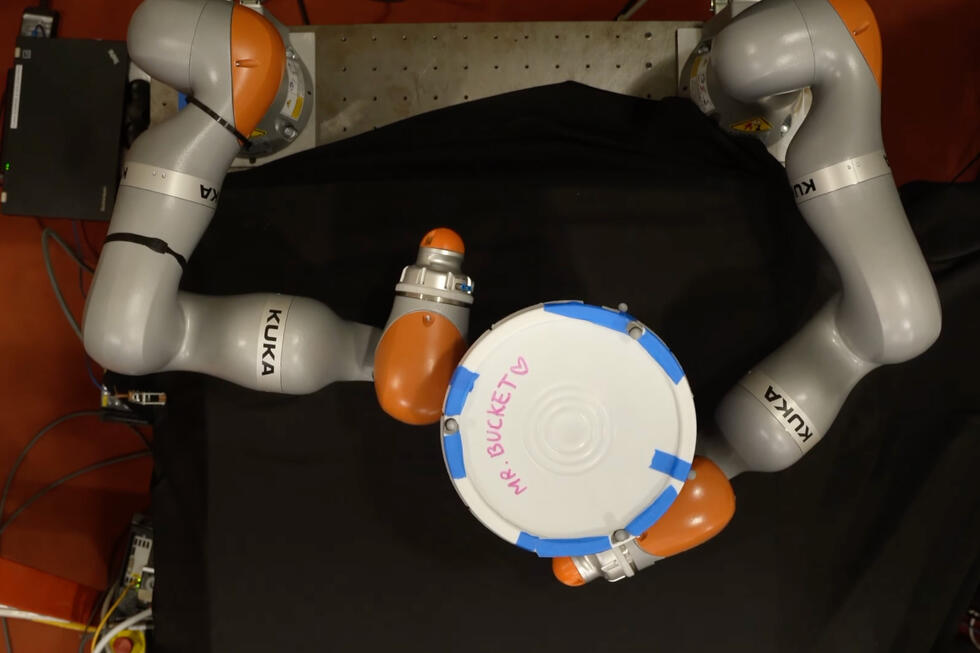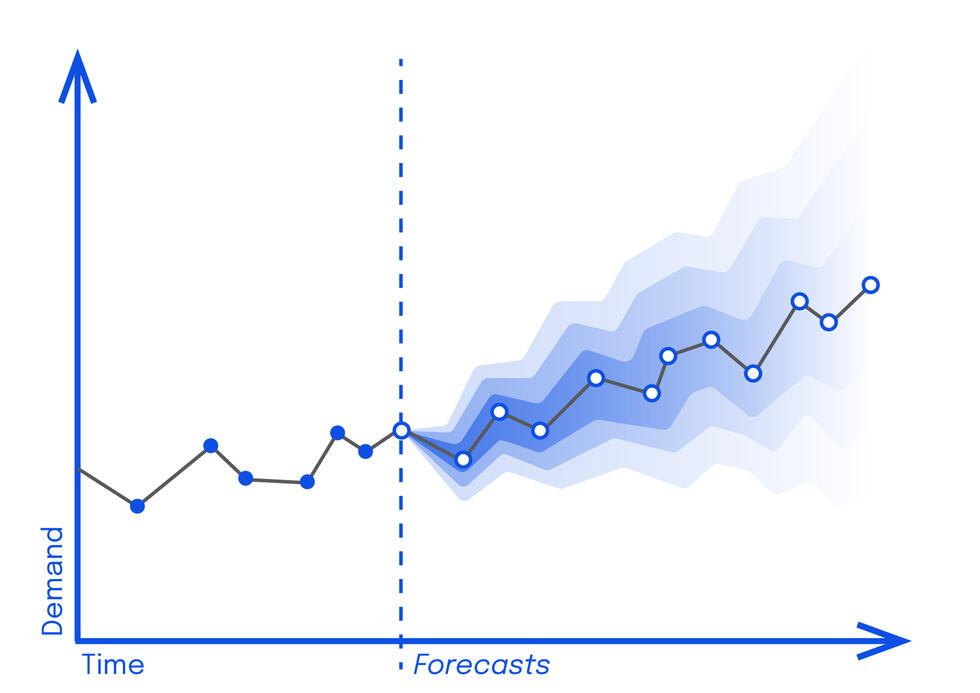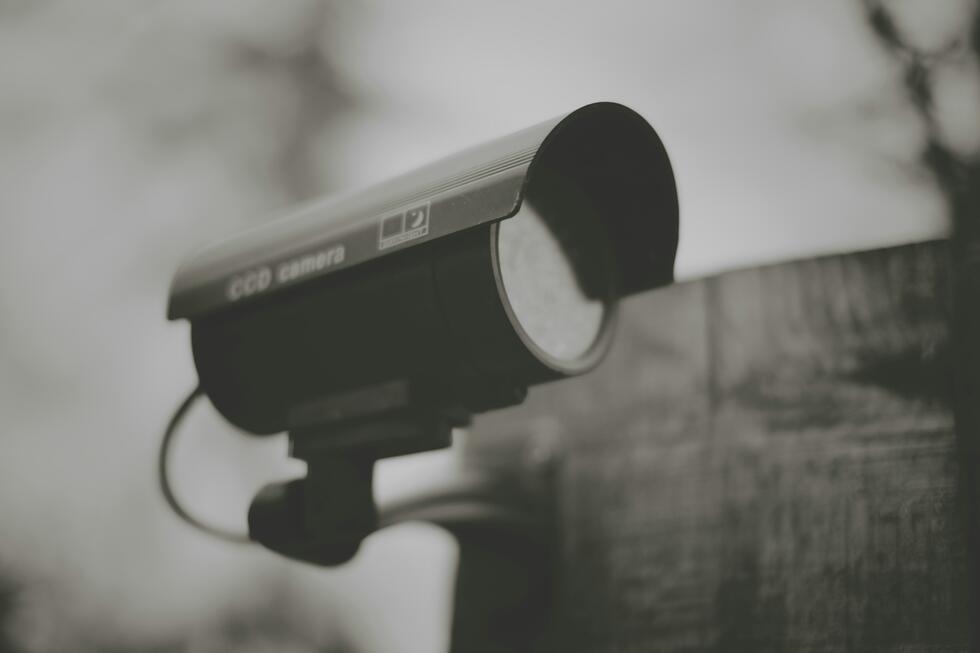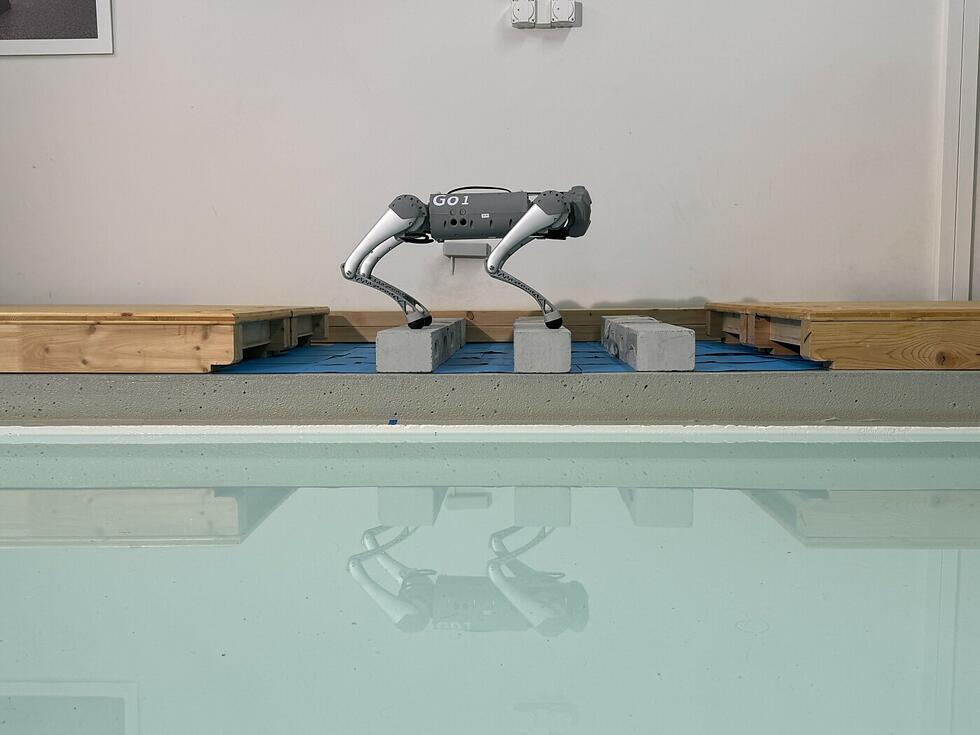SHORT NEWS
AI discovers new exoplanets
An artificial intelligence (AI)-based image recognition method is detecting planets outside our solar system that remain invisible using conventional approaches.

Most of the more than 4800 exoplanets discovered so far have been detected by astronomers using the so-called transit method. Experts call this phenomenon “transit“ when a planet passes in front of its star from the observer's point of view and obscures it. The only problem is that interactions between planets can change the periodicity of the transit, making it impossible to detect because the parent star is not eclipsed in a periodic rhythm.
A team from the Universities of Bern and Geneva, in collaboration with the company Disaitek, is now working on a solution to this problem: they taught a machine to predict the effects of these planetary interactions.
Characterisation of the exoplanets
By feeding the AI algorithm with countless training images, it learns to recognise for each pixel of a constellation which object it represents – for example, an eclipse by a planet.
“In the first applications of the method, we discovered two exoplanets – Kepler-1705b and Kepler-1705c – that had been completely overlooked by previous techniques,“ said Adrien Leleu of the University of Geneva, according to a joint release from the participating universities in November 2021. The method can be used to estimate the radius of the planet and it provides information about its mass, density and composition.



